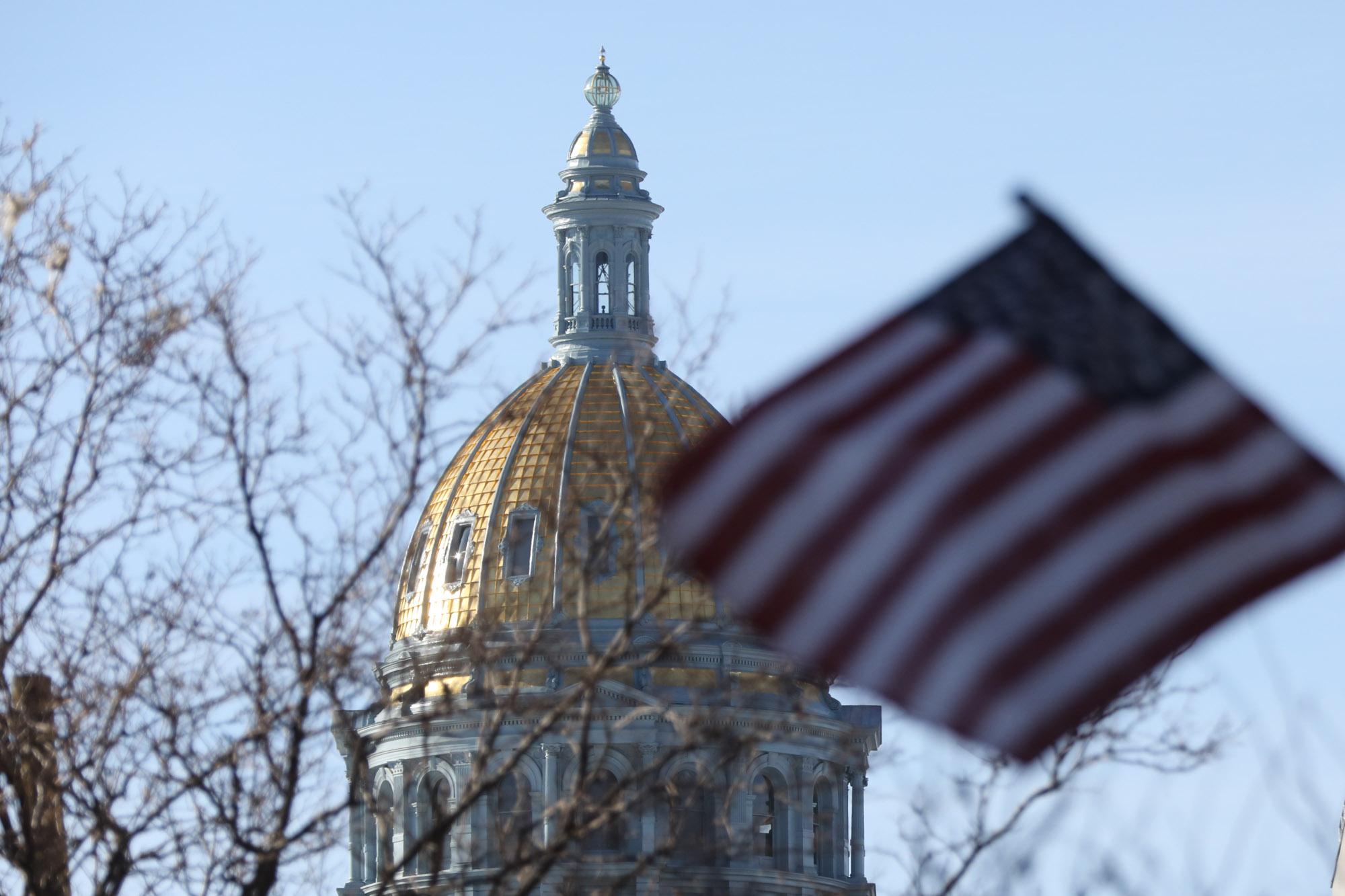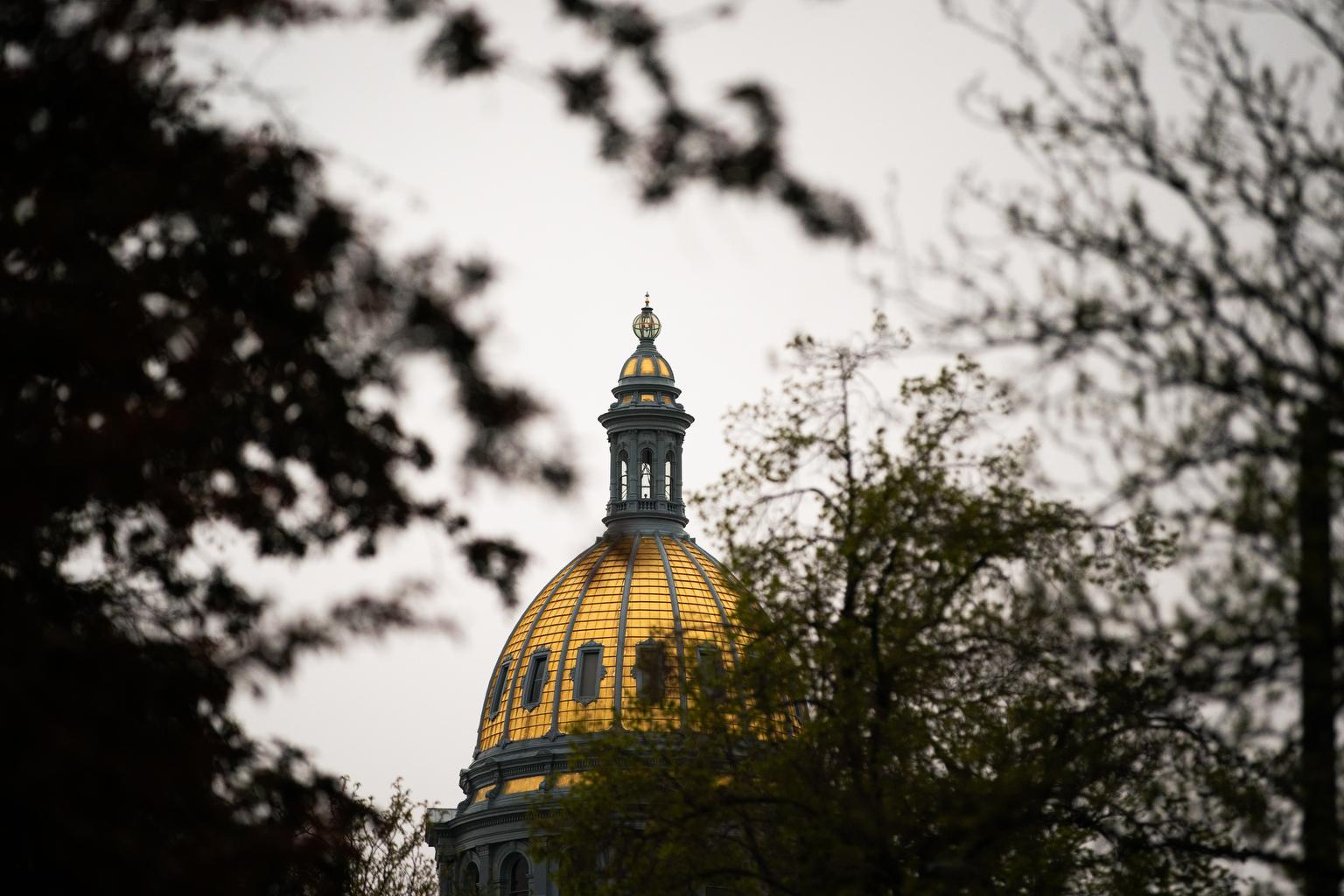
Coloradans feeling stretched by the rising cost of gas, food and other necessities will get a bit of help, thanks to constitutionally-required refunds headed their way later this summer.
And they’re getting more money than expected.
Individual tax filers will get $750 dollars each, while joint filers will receive $1500.
The state originally projected that refund checks would equal $400 for individuals, but thanks to stronger-than-expected income tax collections at the end of the fiscal year, that amount nearly doubled, to $750. In total, the state will refund $3.56 billion dollars to residents.
The money would normally be refunded next spring, but state lawmakers agreed to speed up getting the payments out.
But those who can might want to put that money away for the future. The economic forecast isn’t looking so rosy beyond this year.
“[N]ew and elevated risks to the economic recovery have materialized,” legislative economists wrote in a forecast delivered this week. “High inflation, the forceful monetary policy response, the war in Ukraine, and the ongoing pandemic all pose significant risks to the economic outlook, elevating the risk of recession.”
Full-year residents who have already filed their 2021 income tax returns will automatically get the payments. Those who haven’t filed already have until June 30th to get their returns in. Anyone filing later than that will get the refund next year.
The state is urging even residents who didn’t have taxable income last year to file a tax return to claim the refund.
Checks will come in the mail; people who have moved recently can update their addresses at the Department of Revenue website.
Gov. Jared Polis, who advocated for the earlier payments, has named the refund checks the “Colorado Cashback.” Republicans supported the change but have accused Polis of moving up the timing to help his reelection chances.
The Taxpayer’s Bill of Rights — a provision of the state constitution nicknamed TABOR — limits how much state spending can grow each year. When Colorado collects more tax revenue than it’s allowed to spend or save, the excess must go back to taxpayers through a temporary income tax reduction, direct refunds and a handful of targeted tax breaks.









